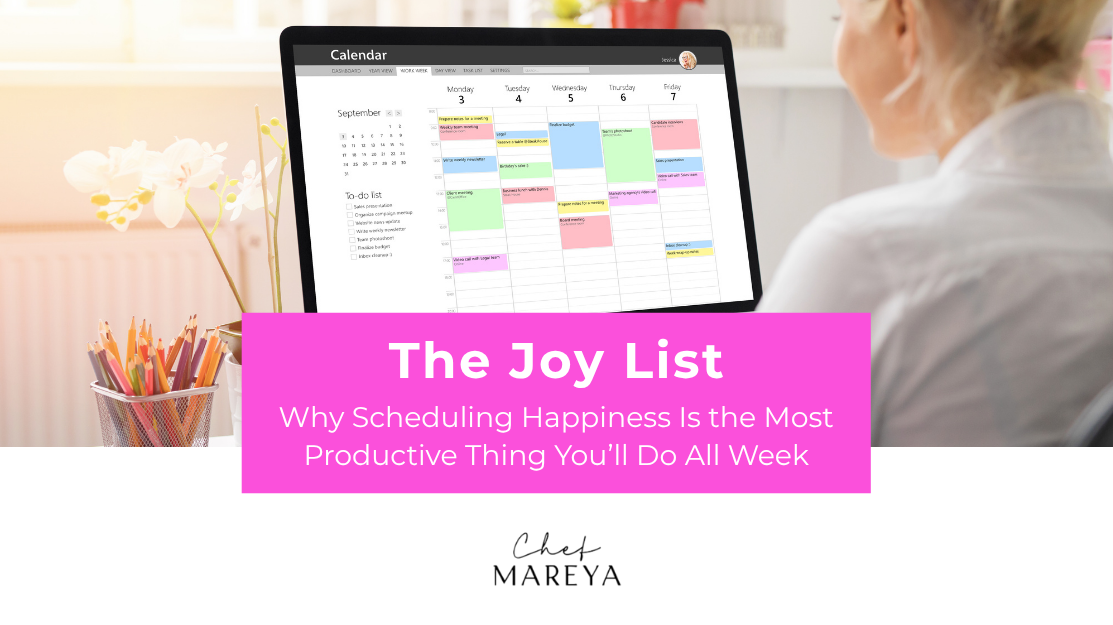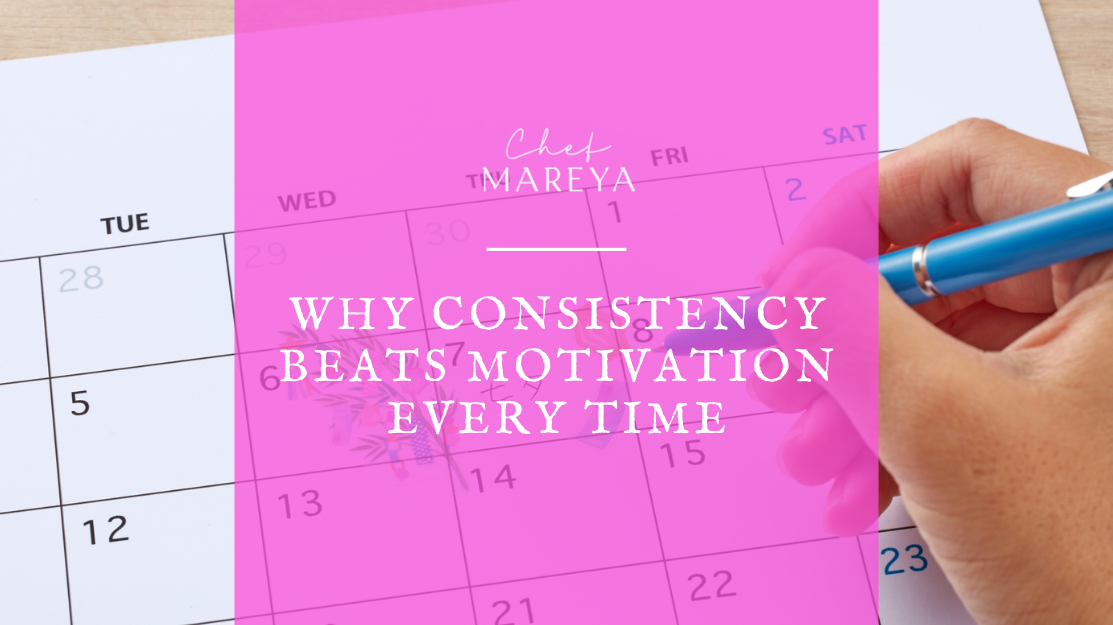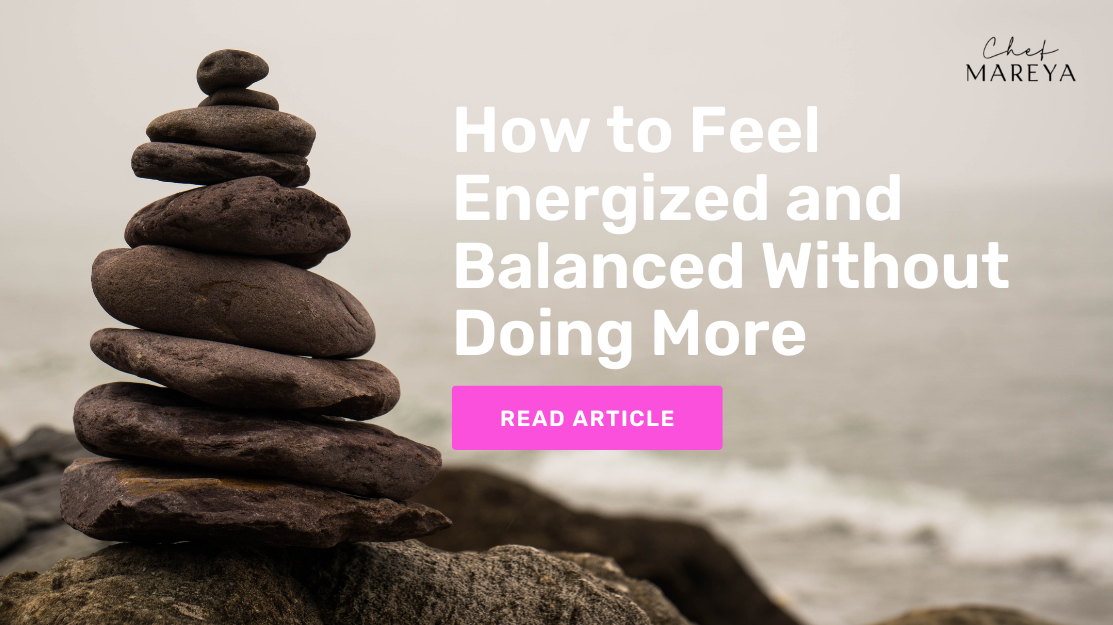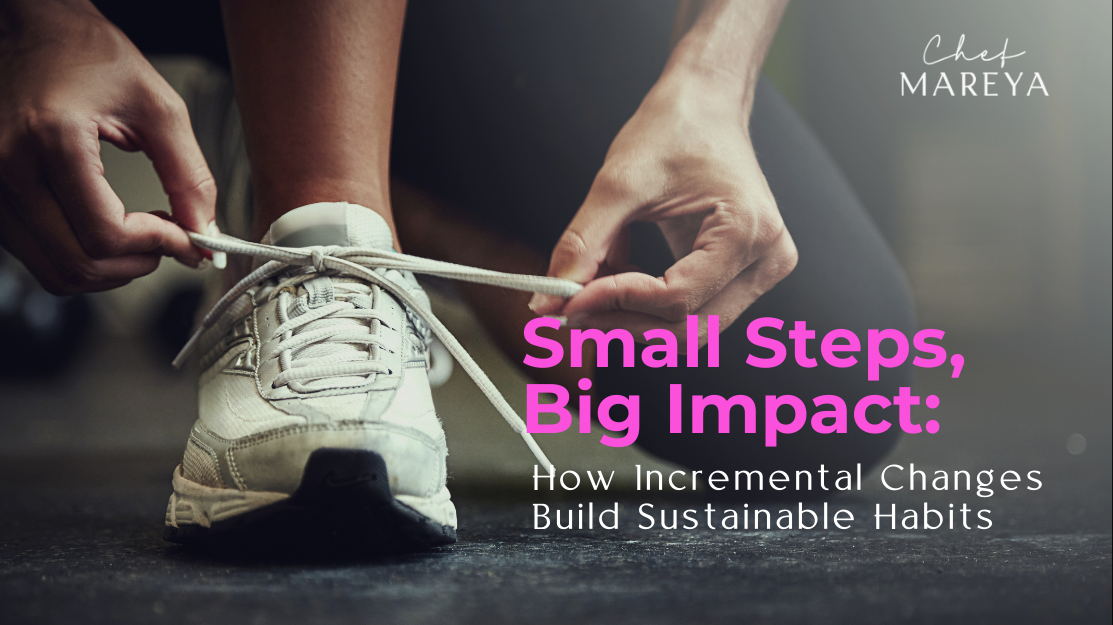
The 3 Strength Mistakes Women Make in Midlife
Posted by Mareya Ibrahim-Jones on
Midlife is a powerful transition — physically, emotionally, and hormonally. As estrogen, progesterone, and testosterone shift, so does the body’s ability to maintain muscle, manage stress, regulate energy, and repair effectively.
For women, this phase is not a decline; it’s a biological recalibration. But it does require a more strategic, mindful approach to movement — especially strength training.
After working with women for years on body, mind, and nervous system wellness, I see the same three strength-training mistakes over and over. They’re simple, understandable, and fixable — and correcting them leads to profound changes in vitality, confidence, and long-term health.
Here are the three biggest mistakes women make in midlife, and how to shift into a more aligned, powerful way of training.
1. Lifting Too Light — and Never Progressing the Body
The Mistake
Many women in midlife gravitate toward lighter weights because they feel safer, gentler, or “more appropriate.”
But physiologically, midlife requires the opposite.
With declining estrogen (a key supporter of muscle, bone, and connective tissue), the body becomes less efficient at maintaining lean mass. Without enough challenge, the nervous system never receives the signal to grow stronger, remodel tissue, or upgrade stability.
The result?
-
Softening muscle tone
-
Slower metabolism
-
More joint discomfort
-
Less resilience to stress
The Mind–Body Fix
Your body needs progressive overload: gradually increasing challenge so your muscles, bones, and nervous system adapt.
This doesn’t mean aggressive pushing — it means intentional progression.
Support your body by choosing weights that feel challenging by reps 6–10.
If you can breeze through a set, your body is coasting, not changing.
Remember: lifting heavier (for you) is not “too much.” It’s alignment with how your physiology evolves in midlife.
2. Over-Prioritizing Cardio — Under-Prioritizing Strength
The Mistake
Many midlife women report feeling the need to “burn more calories,” reduce stress, or keep their heart healthy — so they default to cardio as their primary workout.
But too much cardio, especially high-intensity cardio, can actually:
-
Accelerate muscle loss
-
Elevate cortisol
-
Increase cravings
-
Drain energy
-
Stall fat loss
The Mind–Body Fix
Think of strength training as the foundation of your wellness ecosystem — cardio is the supplement, not the core.
A balanced week may include:
-
2–4 strength sessions that stabilize hormones and increase lean mass
-
1–2 cardio sessions that nourish the heart without spiking stress hormones
-
Daily movement that regulates the nervous system (walking, stretching, mindful mobility)
This structure trains the body while also nurturing the mind: steadier energy, better sleep, more emotional regulation, and improved stress resilience.
3. Training on Stress Instead of Training for Strength
The Mistake
One of the most invisible mistakes women make is unintentionally using exercise as a coping mechanism for stress — and choosing workouts that actually add to their stress load.
This often looks like:
-
High-intensity classes that leave you wired instead of energized
-
Random online workouts without structure
-
Pushing through fatigue
-
Chasing “burn” rather than building capacity
Midlife bodies are more sensitive to cortisol, and high-stress workouts can trigger inflammation, disrupt hormones, and slow recovery.
The Mind–Body Fix
Your midlife training should work with your nervous system, not against it.
Focus on:
-
Strength sessions that build capacity, not depletion
-
Intentional warm-ups that prepare joints and fascia
-
Recovery as a strategic part of training, not an add-on
-
Movement that supports your emotional state, not punishes it
This is where strength becomes transformational — it’s not just physical, but deeply emotional and energetic.
The Bottom Line: Strength Is a Midlife Superpower
When women shift from “exercising harder” to training smarter, everything changes:
-
Muscle tone returns
-
Mood stabilizes
-
Hormones regulate
-
Energy becomes more predictable
-
Joints feel safer and more supported
-
Stress becomes easier to manage
Midlife is the moment to step into a more aligned relationship with your body. Strength training — done intentionally and with the mind–body connection at the center — becomes an anchor for long-term health, confidence, and vitality.

















































